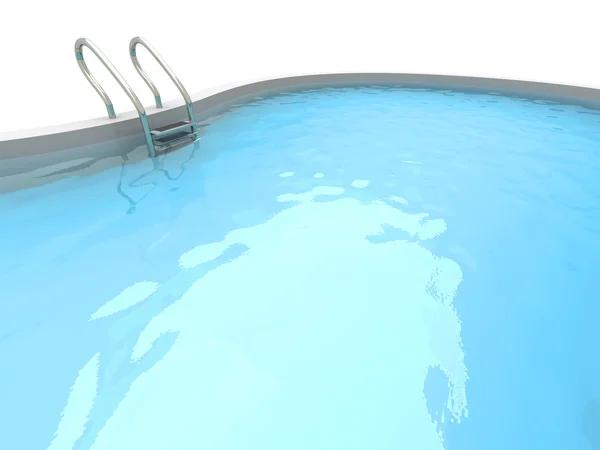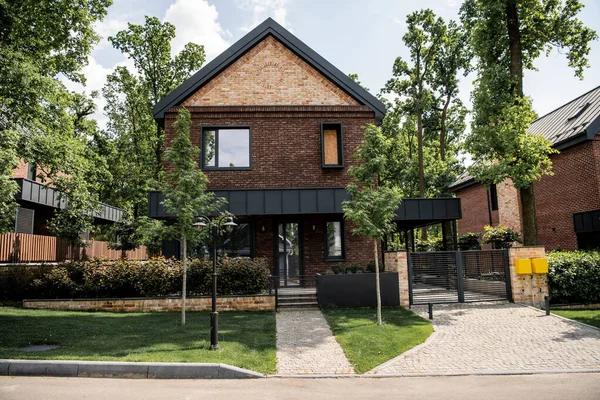BIM Heating and Cooling Residential HVAC Care
Building Information Modeling (BIM) has been a game-changer in the construction industry, improving efficiency and reducing costs. It’s an innovative approach that integrates digital representations of all physical and functional characteristics of a facility into one model. One area where BIM is making significant strides is in Heating, Ventilation, and Air Conditioning (HVAC) care for residential buildings.
The HVAC system is a critical component of any residential building as it directly impacts the comfort level inside. Proper management of this system is essential for maintaining optimal temperatures throughout different seasons while ensuring energy efficiency. This is where BIM comes into play.
With BIM technology, HVAC professionals can create detailed 3D models of the entire heating and cooling system within a home. These models allow them to visualize how various components interact with each other and identify potential issues before they become major problems. By doing so, contractors can ensure that the HVAC installation process goes smoothly without any unexpected surprises.
Moreover, these digital models provide homeowners with valuable insights into their heating and cooling systems’ performance. For instance, they can see how efficiently their system uses energy or how evenly it distributes heat or cool air throughout their home. With such information at hand, homeowners furnace repair near me can make informed decisions about necessary upgrades or repairs to enhance their HVAC system’s performance.
In addition to facilitating better design and installation processes, BIM also plays an integral role in ongoing HVAC maintenance tasks. Regular care of these systems is crucial to prolong their lifespan while minimizing operational costs over time. Using BIM technology allows technicians to simulate various scenarios related to wear-and-tear or changing environmental conditions on these systems’ performance over time.
This predictive analysis helps determine when certain parts might need replacement or when specific maintenance tasks should be performed – thus preventing costly breakdowns before they occur.
Furthermore, integrating IoT devices with BIM provides real-time monitoring capabilities for residential HVAC systems – another advantage in preventative maintenance strategies.
Finally yet importantly, BIM is a powerful tool for achieving energy efficiency in residential buildings. It enables HVAC professionals to design systems that meet the specific needs of a home while minimizing energy consumption. This not only leads to cost savings for homeowners but also contributes to environmental sustainability.
In conclusion, BIM technology is revolutionizing how heating and cooling systems are designed, installed, and maintained in residential buildings. Its ability to create detailed digital models of these systems provides numerous benefits – from improved installation processes and proactive maintenance strategies to enhanced energy efficiency. As such, it’s clear that BIM will continue playing an essential role in the future of residential HVAC care.
BIM Heating and Cooling
181 Kings Hwy, Fredericksburg, VA 22405
540-755-3499


